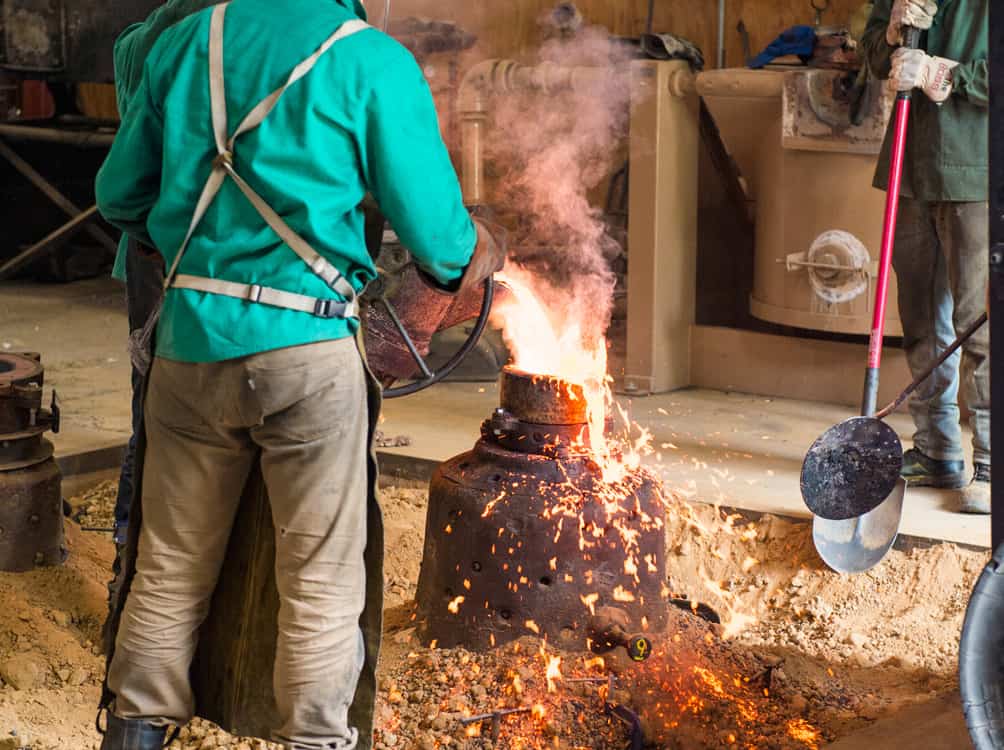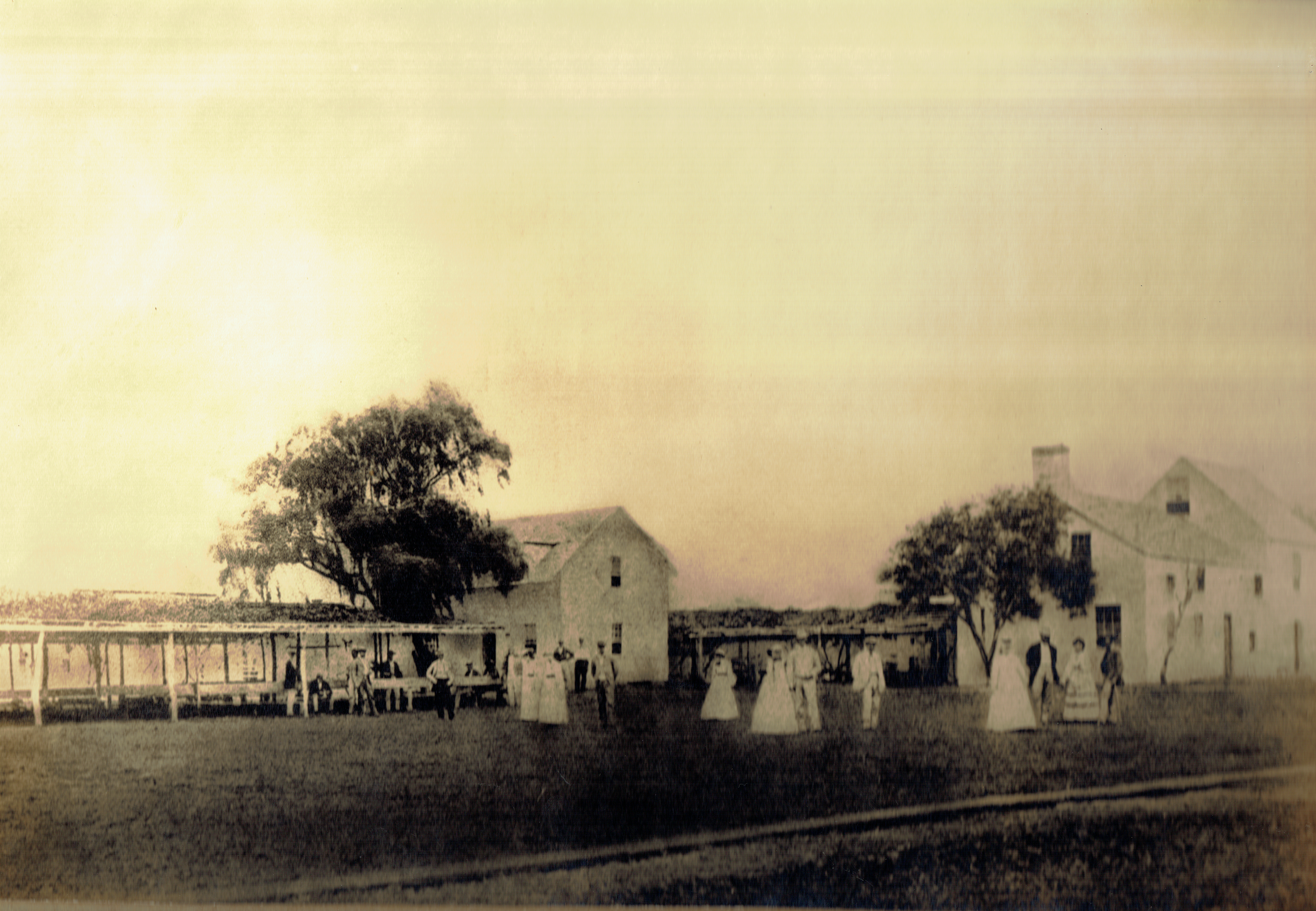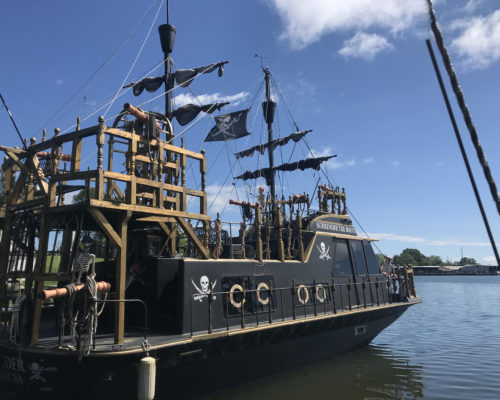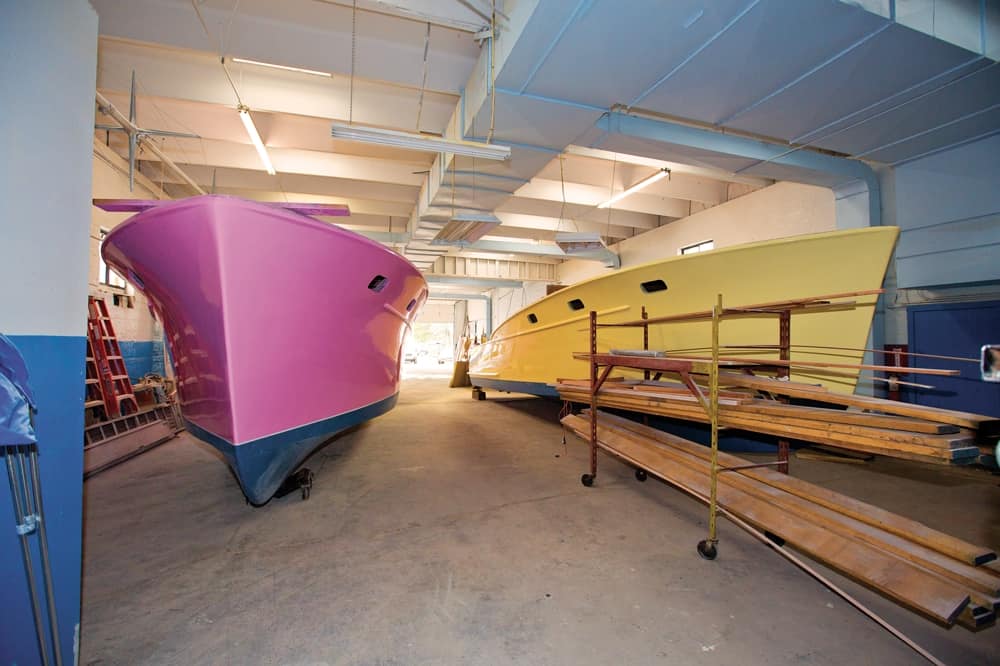Virginia’s Kate and Ben Sunderlin shape a future in the lost art of traditional bell-making.
When they aren’t collecting horse manure from a neighbor’s stable; or when they aren’t gathering leftover hair clippings from a nearby beauty salon; and when they aren’t pouring molten bronze alloys into molds for 800-pound bells, Ben and Kate Sunderlin dream big dreams.
“We hope that 50 years from now, B.A. Sunderlin Bellfoundry could be the heart of a traditional bell making institute in the United States,” Kate explains. “But right now, we’re focused on building a business.”
The young couple’s focus has not wavered since they opened the only traditional bell foundry in the country. “The last five years have been crazy busy,” notes Ben. “I graduated, we got married, moved across the country, Kate began a Ph.D program, and we started the foundry. And we had a baby. And we got a dog.”
Kate explains that they always try to move forward, saying, “We’re like the Vikings, who, when they found a new land, burned the boat so there was no going back home.”
A Relationship Forged in Fire
Home for Ben was Indiana where he and Kate, two art majors, met at Notre Dame University. As part of his Master of Fine Arts studies, Ben taught the foundry class while working on his own research into campanology— the science and art of making bells. At Notre Dame, he was asked to cast a bell for the retiring commanding officer of the school’s ROTC program, Mike Ryan, a former submarine captain. “I got to know Mike really well,” says Ben. “It was an honor that my bell was part of Mike’s decommissioning ceremony. He was ‘rung off the stage’ exactly 30 years after he was first commissioned in the Navy.”
At the time, Kate was studying art history and museum studies. “It was a good first date,” she remembers. (She asked him out first.) “Notre Dame was playing football and it went into overtime, so I sacrificed to go out with him. But he was worth missing the game for.”
While Kate was finishing her own graduate degree, Ben became entranced by the science and the art of campanology. He researched traditional foundries that lined the bell molds in loam—a soil mixture of sand, silt, and clay. He traveled to France and the United Kingdom and received grants to study at the John Taylor Bell Company in England, founded in 1784. “After that first trip abroad, I fell in love with making bells the way they were made centuries ago,” relates Ben. “I was a student researching the process but secretly, I wanted to master it.”
Sunderlin’s craft bore fruit a few years later with the foundry’s largest single order yet: Fifty-five bells for North Carolina State University’s bell tower. The bells will be part of the tower’s carillon, a massive instrument played with a keyboard. While NC State’s carillon won’t be the world’s largest—that honor goes to Riverside Church in New York City whose carillon weighs over 100 tons—the Sunderlin carillon will be the largest in North Carolina.
Embracing an Ancient Science
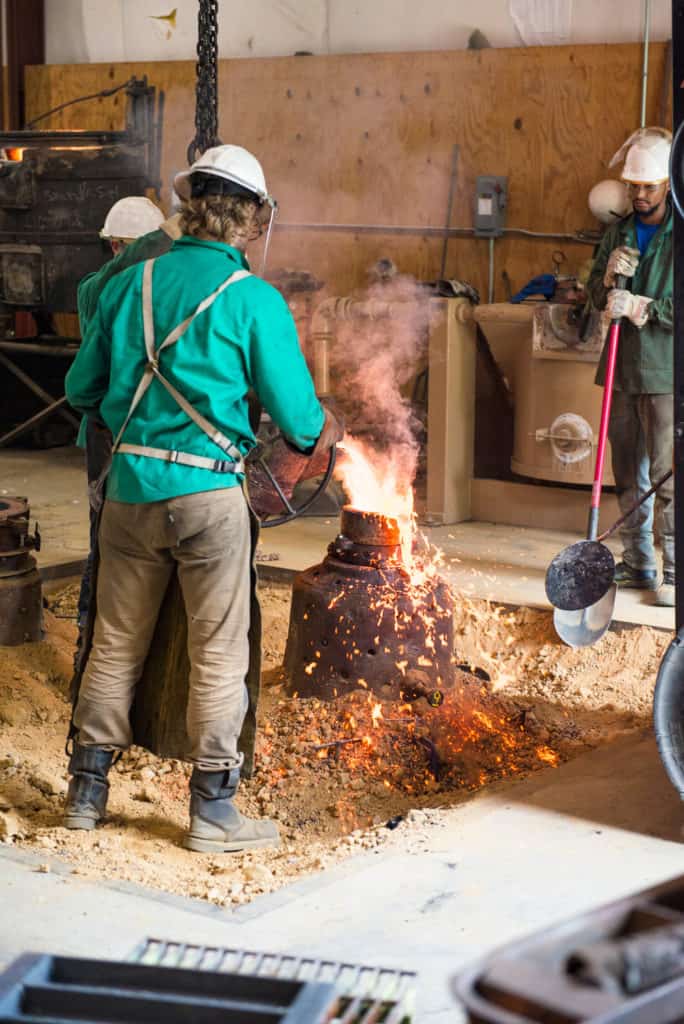
The process of casting a Sunderlin bell is labor and time intensive, requiring great skill and a bit of fearlessness to mess around with molten metal.
The mold for each bell is made in two parts—the “core” and the “cope.” The iron bell-shaped core is covered with a layer of loam made with Ben’s secret recipe—a mixture of sand, clay, horse dung, and human hair. The loam is shaped or “swept” using a digitally designed and computer-cut wooden template to form the inside of the bell. The cope, or outer part of the bell’s mold, is also lined with loam and smoothed in the same manner. The two halves are put together creating a space between them. This is where the molten bronze—a mixture of approximately 80 percent copper and 20 percent tin— will flow.
The bronze, sometimes made from scraps of discarded, broken bells, is continually added to the foundry furnace while the temperature rises to 2000 degrees Fahrenheit. Ben and his employees, clad in leather aprons, gloves, facemasks, and helmets, carefully pour the liquid metal into the mold buried in a sand pit, which is part of the foundry’s floor. It feels primordial, like witnessing a volcano erupting with sparks flying and lava flowing from the mouth of a crater. And it’s almost as hot.
Given the time to prepare the molds and the energy needed to heat the furnace, the foundry will generally pour more than one bell at a time. The bells need to cool over multiple days before they rise from their “sand box,” cool enough to emerge from their molds. “It is critical for the bells to cool down slowly,” Ben explains. “That produces the most refined and balanced tone.”
Revering the Art
That’s the science of their work—tin and copper combined with skill and knowledge, heat and hair. But Ben and Kate bring much more than science to their business. They bring a reverence for the art, something easily appreciated after the bell is polished and tuned, its “voice” sparkling, thundering or soaring.
Making each bell pitch-perfect requires shaving off slivers of bronze from inside the bell. For an 800-pound bell, 50-75 pounds of bronze might be lathed-off to get the perfect tone. The shavings are saved and molded into bricks for another bell.
“Bigger, thicker bells have more presence,” notes Ben. “They have the ‘oomph’ needed to pierce the air.” Smaller bells, called “trebles” have higher pitches. And if a bell just won’t tune? “We melt it down and make another,” he says.
B.A. Sunderlin Bellfoundry, housed in a former warehouse just off Interstate 95 north of Richmond, VA, is also home to their bell-making museum. Drawing on Kate’s expertise in curatorial studies, the museum has exhibits depicting the history of campanology and the tools of their craft. Kate also has a cannon on display revealing just how similar bells and cannons are.
“There’s a wonderful duality to realize that the same craftsmen who made weapons of war also made these objects that celebrate the spiritual aspirations of humanity,” Ben explains with a far-off look on his face. “Bells had this kind of spiritual power back then. They were used to drive away evil spirits and served as a kind of shield in the wilds of the world.
“These are the things that fascinate both of us and what we talk about in our free time.”
Kate and Ben’s free time is rather limited these days. Along with taking care of their daughter, Jane, Kate gives tours of the foundry to groups, manages the front office, and works on her dissertation. Ben pours bells and builds the foundry’s’ maintenance and restoration work for churches, cities, and universities. He once mused about recasting the nation’s Liberty Bell in a TedX talk, but noted that would be unwise. A bell does more than just ring.
So, for today, it’s fair to say that a Sunderlin bell cast in 2020 will still be ringing 250 years from now. It’s the alloy that dreams are made of.

